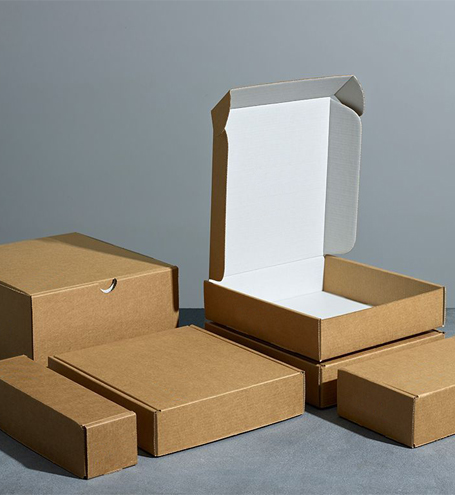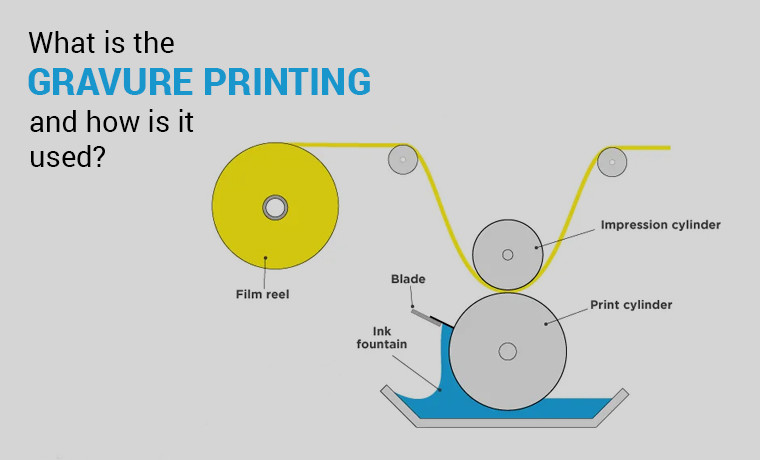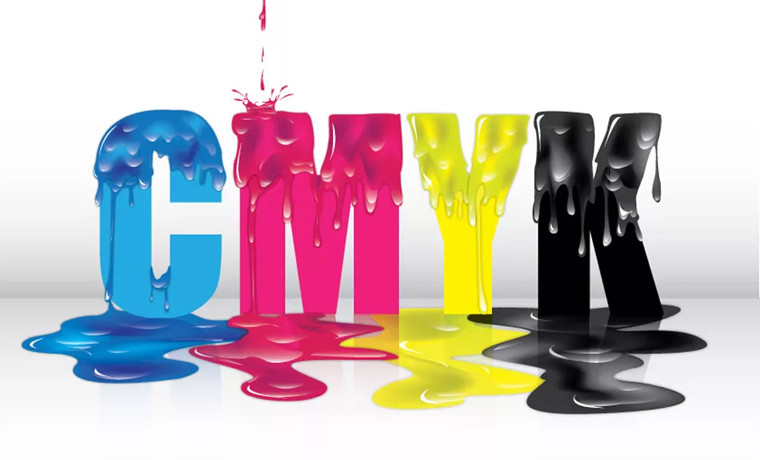What You Need to Know About Dieline in the Packaging and Printing Industry
September 04, 2025
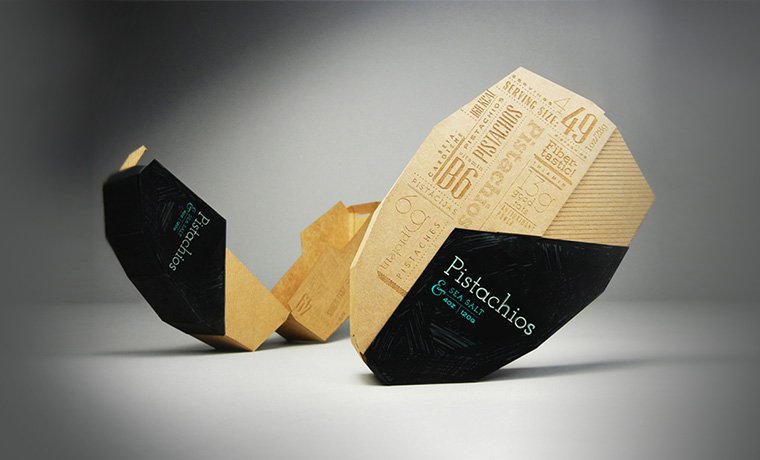
How does your product perfectly fit in a box when you look at its packaging? Do you know the foundation of the print-ready packaging file, guiding where the design is supposed to be cut, folded, and glued?
Being in the packaging and printing world, you would be familiar with the unsung hero. Guess what that is? It’s a dieline. This term sounds intriguing, but is simple and the backbone of your innovative packaging to create packaging design from scratch.
Whether you are a professional in the packaging industry or a curious creator, and want to know what the rules are for a dieline? Don’t worry. Stay here. This guide will teach you how to create dielines effectively that can make crafting memorable. Let's break down the basics of dielines, their types, and uses to create impactful designs that will win hearts.
What is Dieline?
Don’t know dielines meaning? You are not the first one to use this term. Dielines - created with cutters and printers, or packaging designers, play an essential role in creating your packaging design and meeting your standard packaging design expectations. This flat diagram highlights all the cuts and folds on the packaging design and helps designers envision the design structure that perfectly fits your packaging. It also spotlights all cutting sides, including folds, crease lines, trim lines, bleed lines, and safe zone lines that direct die-cutting machines and printers to what and from where they need to cut and print the packaging artwork.
Why are Dielines Important?
Dielines are the primary part of your final packaging design. The role of the dieline is important for:
- Determining package sizes and dimensions.
- Positioning the final visual elements, such as logos, text, or images.
- Placing creases, cutlines, glue tabs, eye marks, and folds.
- Manufacturing notes and bleed requirements.
Here’s why deadlines matter:
Precision and Accuracy
Dieline helps translate digital design into physical form, which the exact dimensions, bleed areas, and cut lines. This ensures that your design fits perfectly and is error-proof during production.
Visualizing Final Dieline in 3D
Upload your dieline into packaging design software like Pacdora or Adobe Illustrator to create a digital mockup allowing you to visualize tit from different angles.
Diecutting
Die-cutting is the next phase after printing. The printed material is cut into desired shapes in this process.
Key Dieline Examples
Some examples of dielines are here to help you understand them better:
- Magnetic Closure Boxes
- Die-cut paper bags
- Stand-up pouches
- Double-glazed side wall tray
Most Common Types of Lines in Dielines
The dielines are made of lines that guide you in printing the desired packaging. Let’s take a look at some types discussed below.
1. Trim Lines
It refers to the dieline markings to create the final product size. When the dieline is cut out, it comes out in a desired shape.
2. Cut Lines
Marked in black lines on the package to guide the die cutting machine to cut the package following these lines.
3. Fold Lines
Shown in red lines helps to construct the box, guiding where the box is to be folded.
4. Bleed Lines
Spotted in the green line, the outermost point extends beyond the trim edge of a printed material, where the lines are trimmed.
5. Safety Lines
The margin is marked with green dotted lines, ensuring the necessary packaging design will not be cut out during the whole trimming process.
6. Glue Tabs
Coated with glue to facilitate easy assembly and provide a secure closure to your packaging.
7. Dotted perforation Lines
Rows of tiny holes punched into a paperboard make it easier to tear off a specific area of the packaging material following the designated dotted lines.
Difference Between Window Cut and Die Cut Dielines
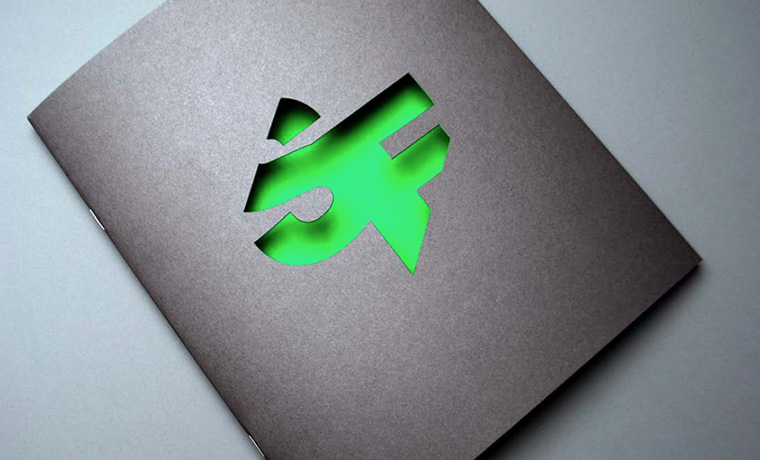
Let’s understand the differences between die-cut and window cut dielines.
Window Cut Dieline
A window cut refers to a specific packaging design that is cut into a window to help customers view the content inside the paper or cardboard box. The dieline for window cut outlines the window shape where the packaging is determined to be cut and where the cut material is to be removed while manufacturing. This window cut-out is used in manufacturing custom boxes, coffee bag dieline, retail, and display packaging.
Diecut Dieline
On the other hand, a die-cut dieline is a term for cutting the packaging design using a die through sharp blades or steel rules to a certain shape required to package a product. These dielines are used in manufacturing different shapes of packages, such as tabs, handles, and closures.
How To Create A Dieline From Scratch Using Adobe Illustrator

A dieline is a flat diagram or tool that can help you create your packaging and printing design quickly. Some dieline templates are available online, and you can import and customize them in your desired tool. To meet your needs, use your preferred tool or software like:
- Adobe Illustrator
- ArtiosCAD
- CAD (Computer-Aided Design)
- Inkscape
- Packaging CAD
You can design a dieline in the most suitable packaging design program and download it.
On top of them, Adobe Illustrator is widely used in the printing and packaging industry for creating vector-based dielines allowing designers to create exact shapes with accurate measurements, and prepare files for printing.
Once you open a new file in Adobe Illustrator, set the dimensions in inches or millimeters according to your requirements. You can set lines to be cut in the fold or bleed line. Now save it. (File > Save As) In AI format to retain layers and editability.
When your dieline is ready for production, export it as a PDF (File > Save As > Adobe PDF). Ensure that all necessary layers, guides, and annotations are included. Enable Grid (View > Show Grid) and Snap to Grid (View > Snap to Grid) for precise element alignment.
What Are Dieline Requirements
The requirements you need for dielines are:
- You need a vector-based and 3D design tool like Adobe Illustrator (AI) to describe lines in inches or millimeters.
- The specification and the exact size of the design. It will help you get the desired dieline design.
- A printer to print a hard copy of the dieline as a test to ensure the packaging design dielines are free from errors. and 100% perfect.
How the Die-Cutting Process Works
Using a specialized die tool, your die-cut machines cut out your packaging boxes and shape them to your specified requirements, such as molds. It's a simple process here:
- The first step starts when a die that includes a thin metal shape with a raised outline on one side cuts through your chosen packaging material.
- Use rollers and cutting plates through die-cutting machines to apply pressure to a die.
- This will create a precise shape and size for your packaging based on the dieline you created.
By using your dielines, you ensure that the die-cutting machine cuts your exact packaging design along precise lines. This ensures your packaging design is created and manufactured according to your specifications.
Dieline Plays A Vital Role in Printing and Packaging
Dieline is a significant tool in the whole packaging process, used to create a design in its exact dimensions and accurate form. This is especially true when you are selling multiple products and looking for product packaging in different shapes according to your needs.
Your dieline works best when you are ready to get your cardboard box dieline design cut accurately from all sides of the box.
For instance, if your box requires little room on one side, the other side may be less. Therefore, it is essential to carefully cut the packaging design with its accurate dimensions to give the look you want.
Final Finding
Dielines act like blueprints to ensure the accuracy and functionality of the final product packaging. They are a template on which your packaging design is placed, ensuring proper alignment and position. With this template, you are sure the packaging design is cut in accurate dimensions, allowing the machine to cut, crease, and fold the design without any error.
If you want a better packaging experience, trust Custom Product Packaging, which pays full attention to printing package design using the dieline process. You can email us at orders@customproductpackaging.com to get an instant quote. Our customer care team is available 24/7 to answer your concerns. So, why wait? Ring us today!
